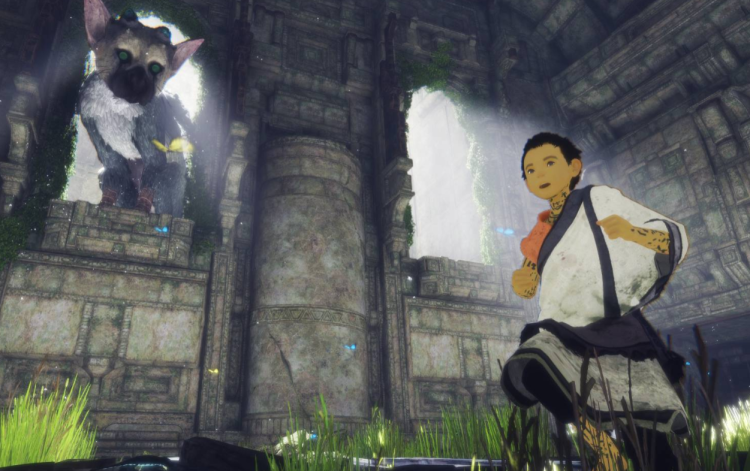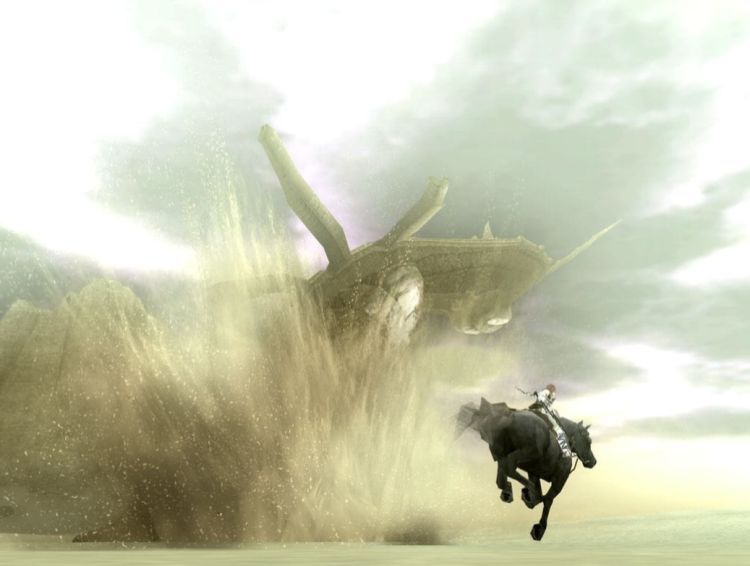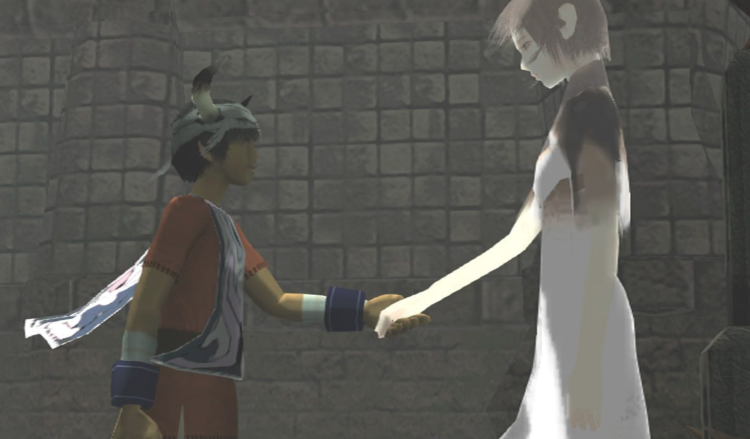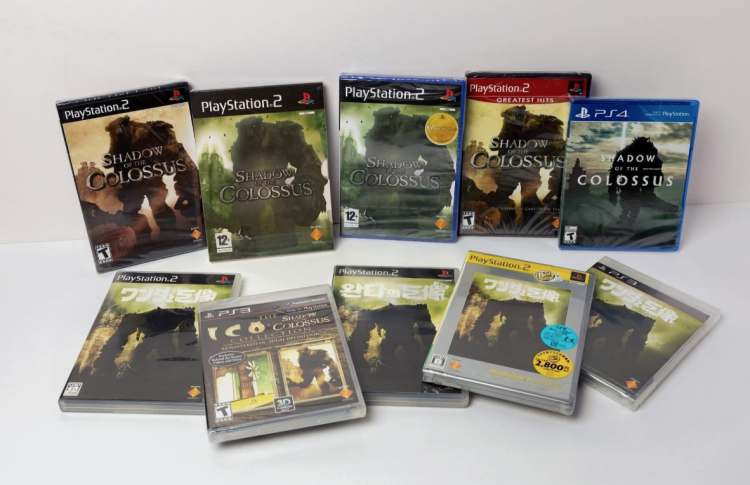Shadow of the Colossus Early Development Was Inspired by Battlefield 1942
New details have emerged about the development of Shadow of the Colossus, shedding light on how the iconic PS2 game initially explored multiplayer concepts. Director Fumito Ueda and Team Ico discussed the game’s early stages, revealing that the project began with ambitions that extended beyond the single-player experience known today.
In a recent oral history published by Design Room, Ueda described the influence of Battlefield 1942 on his thinking during Shadow of the Colossus’ conception.
"I felt immense potential in the experience of that as a competitive game, where you'd shoot at or help out other players you didn't know. That desire to create a network game — meaning a game where you play together, battle, or cooperate with others online — led me to start with the idea of a game where you cooperate to defeat giant monsters," Ueda said. — Edwin Evans-Thirlwell
The game, internally known as Nico or Ico 2 during development, was initially envisioned as a cooperative hunting experience. Ueda and the team imagined players coordinating tactics to take down massive colossi, inspired by the teamwork mechanics present in first-person shooters. The oral history emphasizes that although the prototype drew some parallels to Monster Hunter, the timeline suggests Battlefield 1942 was the primary early influence.

Kyle Shubel, then a producer at Sony Computer Entertainment America, described the envisioned gameplay in detail:
"I'm going to stun it. I'm gonna tie its leg while you mount on top of it. I'll go in front of it and blind it while he takes it out. That concept, and then jumping back off onto your horses, and riding off in the sunset — yeah, if we could have pulled that off, everyone would be talking about this game." — Edwin Evans-Thirlwell
Despite these ambitious ideas, multiplayer did not progress beyond early experiments. Team Ico had limited experience with online development, and PlayStation’s online support at the time was still emerging.

Ueda acknowledged the restrictions:
"We probably hadn't gotten as far as testing multiplayer, or maybe we just connected two controllers on a local network and were able to move characters around. That was about the extent of it. We hadn't reached the point where you could play online." — Edwin Evans-Thirlwell
Resource limitations ultimately led to the removal of multiplayer. Ueda explained that concentrating efforts on core gameplay was necessary: "Personally, I thought we could attempt making a multiplayer game because we were developing within Sony's first-party studios. But looking at the production resources at the time, I decided that we couldn't realistically do it. To efficiently concentrate resources, we cut the multiplayer portion." — Edwin Evans-Thirlwell

The single-player campaign required significant technical innovation. Shadow of the Colossus introduced an open-world design with dynamic loading, deformable collisions to allow climbing on massive creatures, and a fully animated horse for traversal. Ueda highlighted the scale of these challenges:
"Compared to Ico, this game had to have the following: an open-world setting with dynamic loading to express infinite space; 'deforming collision' where you cling to giant structures; and a quadrupedal animal for the horse. All of these features were already raising the bar significantly compared to Ico." — Edwin Evans-Thirlwell
At one point, Shadow of the Colossus was even more ambitious than the final release. Early plans included 48 colossi instead of the 16 that shipped. Network support would have added additional hardware requirements, potentially limiting the audience.
"We had nearly the same production team as Ico, and we knew network games were tough to make. Adding network support would also require the player to have more hardware to play, limiting those who could experience it. For these reasons, I decided to cut our losses early." — Edwin Evans-Thirlwell
The development history demonstrates how Shadow of the Colossus’ iconic single-player experience emerged from complex early ideas. Multiplayer could have changed the tone and focus of the game, potentially conflicting with its thematic elements of solitude and melancholy. While some modern games have explored emotive multiplayer, such as Journey or Dark Souls covenants, Shadow of the Colossus remained a solo narrative journey.

Looking back, the game’s early prototypes highlight the team’s ambition to blend massive-scale combat with cooperative mechanics.
Johan Persson, lead programmer for Battlefield 1942, reflected on the influence: "You tend to just assume these ideas were the result of someone having a eureka moment, waking up one morning, without any context." — Edwin Evans-Thirlwell
Today, Ueda and Team Ico have moved on to other projects, including ventures into mech-based games, while Shadow of the Colossus continues to be recognized for its distinctive approach to scale, exploration, and emotional storytelling. The insights into its early multiplayer concept provide a rare glimpse into how even celebrated single-player games can start with radically different ambitions.
The oral history, available through Design Room, offers a detailed account of the team’s reflections on development, challenges, and early experimentation, providing context for one of the most influential PlayStation titles of the 2000s.

Comments